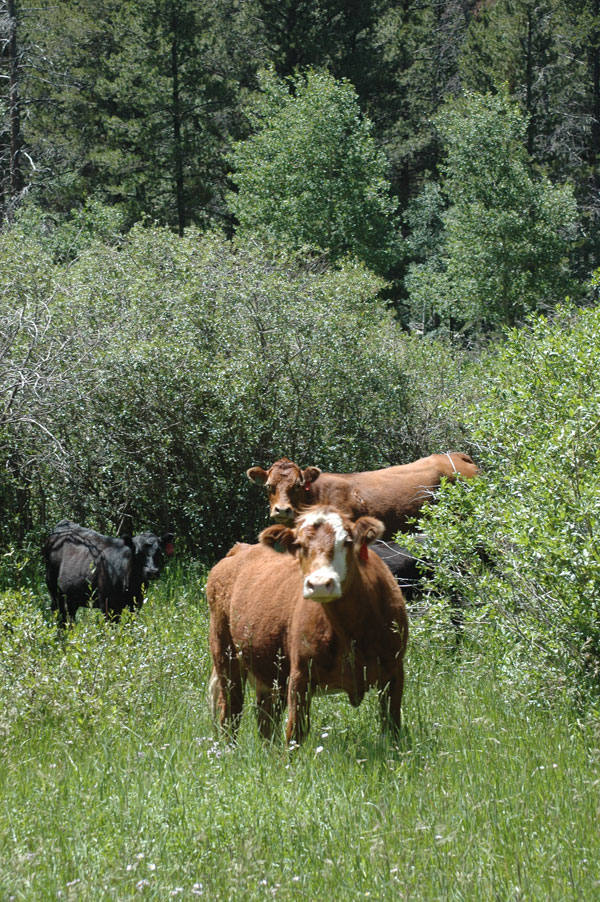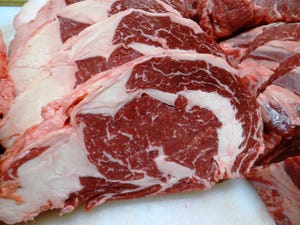What makes the perfect cow? Leading scientists from the U.S. Meat Animal Research Center (MARC) share results of a 35-year study that evaluates the role of cow size, heterosis, complementary breeds and the effective use of terminal sires and maternal composites for beef efficiency.
February 1, 2012

Breeding decisions can greatly influence the profitability of a cow-calf operation. Leading researchers with the U.S. Meat Animal Research Center (MARC) shared the results of several studies that examined breeding strategies for producers.
Here’s a roundup of the key results of those studies.
“Today’s cattle look much different than those of the 1950s. Today, we are looking for a lean carcass with high commercial appeal. The differences between Continental and English breeds are closing in, except in the area of carcass traits. For example, 95% of Angus in our study graded USDA Choice, compared to 57% of Limousin making the grade. The difference in weaning-weight advantage between Simmental and Angus was 61 lbs. in 1972, 38 lbs. in 1990 and only 0.4 lbs. today,” explains Larry Kuehn in his presentation on how different breeds have influenced beef industry trends over the years.
“Cattle can be looked at in one of two ways -- as a profit center or entertainment center. The inputs into the profit center include replacements, interest, forage, feed, medical, labor, bulls and artificial insemination. Outputs should, in theory, result in cash from a sold calf or cull. Cattle start to look like entertainment when we put more inputs than we are getting out of the animal,” says MARC researcher Gary Bennett on cow efficiency.
Bennett recommended breeders look at complementarity (i.e. the concept that cross-breeding systems are more than the average of the cows plus the bull plus heterosis). “Smaller cows eat less, which means fewer inputs of forage and feed supply, and these smaller cows can be bred to terminal bull sires to transmit value traits to progeny.”
“The primary challenge of obtaining sufficient number of replacements can be a challenge. The current lack of a substantial supply of maternal-oriented young bred cows in the marketplace makes it very challenging to convince all-purpose producers to specialize in either terminal or maternal calf production. Large ranches can focus on both and maintain two different kinds of herds,” says MARC's Mark Thallman.
Thallman brought together the key conclusions of all three presenters:
The notion that beef breeds should be all-purpose is pervasive, but not counter-productive.
Beef breeds have become far too similar. Heterosis is important and under-utilized.
Great production comes at the expense of higher inputs.
Complementarity and terminal cross-breeding systems should be a focus.
A change in industry structure with regard to replacement females could benefit the entire industry. For example, large producers should sell their second-calf heifers to small breeders; it’s not time- or cost-effective for a small producer to calve out first-calf heifers.
An economically feasible sexed-semen technology could make terminal cross-breeding more practical.
Smaller cows may or may not be more efficient, but they are more profitable if they can be bred to bulls of greater genetic potential for growth.
Are you retaining ownership on females? Do you prefer to buy older cows? Which breeds make the best cross, in your opinion? Do you focus on breeding for terminal or maternal traits? Let’s discuss!
About the Author(s)
You May Also Like





